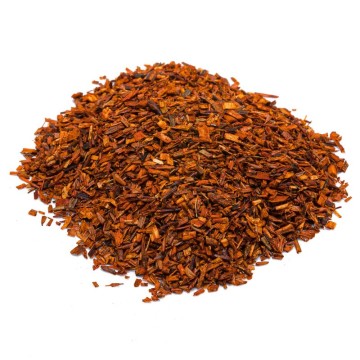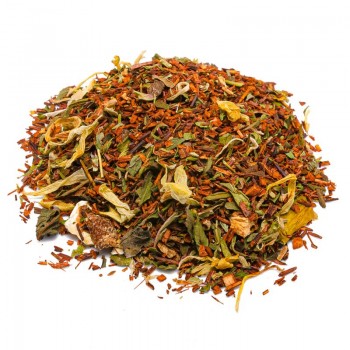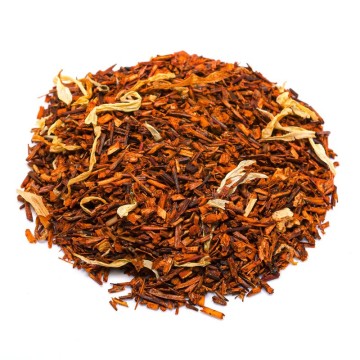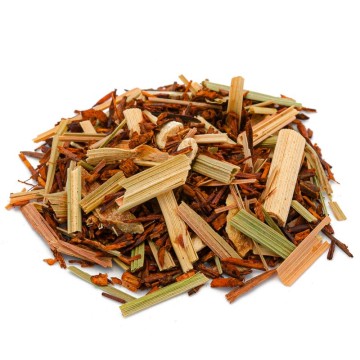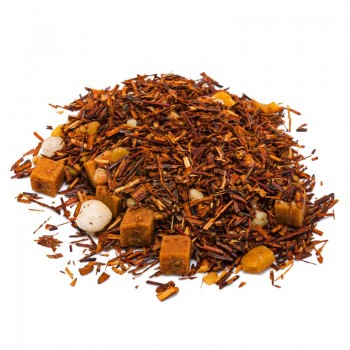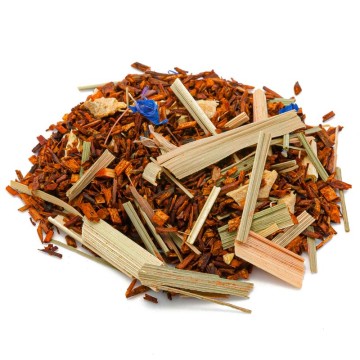Rooibos coconut and almond is a blend that combines the famous African red "tea" with two particularly sweet ingredients, for a herbal tea that is good at any time of the day because it does not contain caffeine and is delicious.
Characteristics of the ingredients of the rooibos coconut and almond infusion
There is a reason why we put tea in quotation marks, tea is an infusion obtained only from the leaves of a plant native to Asia called Camellia sinensis. In the case of preparations that combine more plant drugs, like this product, we speak of herbal teas. Rooibos is prepared like tea but it is the fermented, dried and chopped leaves of a completely different plant, which belongs to another botanical family, that of Fabaceae. The plant in question is called Aspalathus linearis, the common name rooibos is used both for the product obtained from it and to indicate the plant, it is an Afrikaans word (the plant is in fact native to the Cederberg, a region of South Africa) which means red bush, unfortunately Aspalathus is not red at all, the leaves are green, they turn red due to fermentation during the treatment to obtain rooibos "tea". Many people are convinced that the Dutch settlers learned to drink rooibos from the local populations, but if rooibos already existed why is there no word in the local pre-colonization languages to indicate it? It is very likely that the natives knew and used the plant and that the settlers learned about it thanks to them and then had the idea of using it as a substitute for tea which was difficult and/or too expensive to find in South Africa. And in fact, when consumed alone, rooibos has a taste very similar to that of real tea, with an aroma that has been defined as earthy and with hints of tobacco. Rooibos, like tea, contains antioxidants but unlike this, it has the advantage of being naturally caffeine-free. By the way: theine and caffeine are the same thing, they are the same molecule, when scientists realized this, the name theine had already taken root, this does not mean that tea and coffee contain the same quantity.
The coconut is a tree that belongs to the palm family (Arecaceae), so much so that it is also called coconut palm, the scientific name is Cocos nucifera and its area of origin is the tropical regions of south-east Asia. It is known that these are very tall and slender trees that produce small flowers gathered in inflorescences that then transform into fruits that are large nuts that weigh about a kg. A curiosity that many do not know: the pulp of the coconut, that is the part that is consumed, is actually the seed of the fruit. The coconut has a sweet and rich flavor and in fact is very rich in fat (and therefore also quite high in calories), which is why it is widely used in the confectionery industry.
The almond tree is a decidedly more local plant, widespread in the Mediterranean basin since biblical times and originally from the Near East. It is a small tree (5-7 meters) whose scientific name is Prunus amygdalus. There is a variety of the same species that produces bitter almonds, bitter almonds are rich in amygdalin, which is a cyanogenic glucoside, that is a substance similar to sugars that produces hydrocyanic acid through hydrolysis. In other words, if you ate a dozen bitter almonds you would get poisoning (fatal for a child), but the taste is so bitter that accidental ingestion is practically impossible. Yet in very moderate quantities bitter almonds are used in the food industry, for example used together with sweet almonds they give the famous amaretti their flavour.

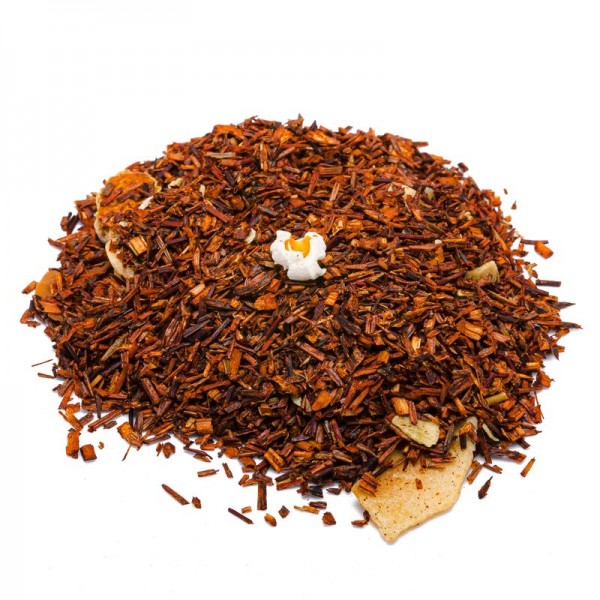









 No reward points for this product.
No reward points for this product.

![rooibos cioccolata calda [Natura d'Oriente]](https://www.naturadoriente.com/3513-home_default/rooibos-hot-chocolate.jpg)


